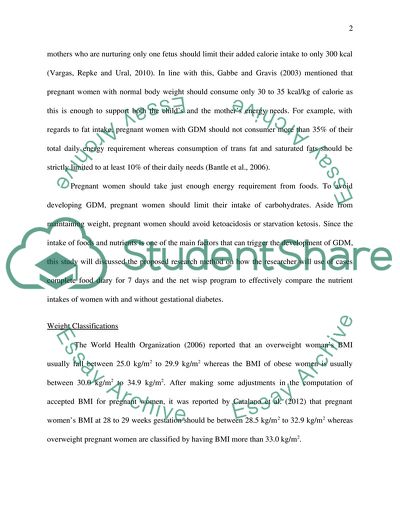Cite this document
(“Women With and Without Gestational Diabetes Dissertation”, n.d.)
Women With and Without Gestational Diabetes Dissertation. Retrieved from https://studentshare.org/health-sciences-medicine/1608161-women-with-and-without-gestational-diabetes
Women With and Without Gestational Diabetes Dissertation. Retrieved from https://studentshare.org/health-sciences-medicine/1608161-women-with-and-without-gestational-diabetes
(Women With and Without Gestational Diabetes Dissertation)
Women With and Without Gestational Diabetes Dissertation. https://studentshare.org/health-sciences-medicine/1608161-women-with-and-without-gestational-diabetes.
Women With and Without Gestational Diabetes Dissertation. https://studentshare.org/health-sciences-medicine/1608161-women-with-and-without-gestational-diabetes.
“Women With and Without Gestational Diabetes Dissertation”, n.d. https://studentshare.org/health-sciences-medicine/1608161-women-with-and-without-gestational-diabetes.


